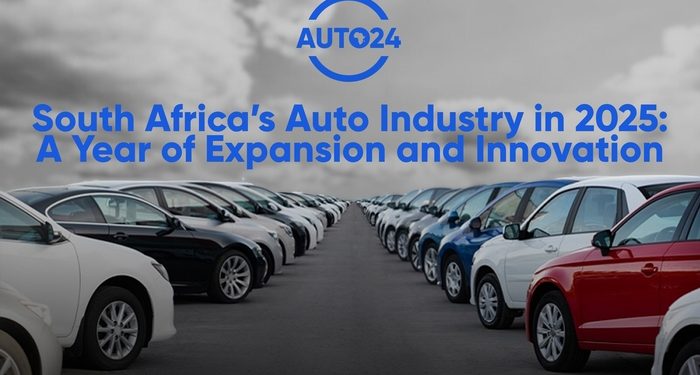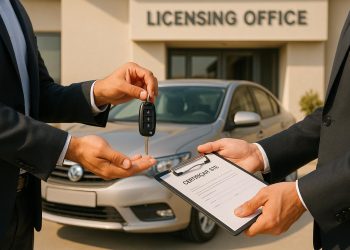SA’s Automotive Sector Is Accelerating Again
After several turbulent years marked by global supply chain disruptions, chip shortages, and economic uncertainty, South Africa’s automotive industry is finally gaining traction again. 2025 is shaping up to be a pivotal year, one defined by growth, renewed consumer demand, and major technological advancements.
From record exports to a spike in local assembly projects, the automotive sector is proving once again that it remains one of South Africa’s most critical economic engines.
1. Exports Surge Past Expectations
One of the standout stories of 2025 has been the impressive growth in vehicle exports. According to the Automotive Business Council (NAAMSA):
- Exports rose by 13% year-on-year in Q1 2025.
- Europe and Southern African Development Community (SADC) nations remain top destinations.
- Popular exports include bakkies, SUVs, and compact hatchbacks.
South Africa’s reputation for cost-effective, high-quality vehicle assembly continues to pay dividends on the global stage.
2. EVs and Hybrids Finally Get a Push
2025 has also brought long-awaited momentum to the electric vehicle (EV) sector:
- Government incentives were expanded in March.
- The import tax on fully electric vehicles was lowered.
- Charging infrastructure in Gauteng, KZN, and the Western Cape has nearly doubled since 2023.
While adoption rates remain modest, consumer curiosity is clearly on the rise—especially among urban buyers.
3. Local Assembly and New Investments
Big bets are being placed on South Africa’s production capabilities:
- Ford has expanded its Silverton plant.
- BAIC and Isuzu announced new assembly lines for commercial vehicles.
- The Department of Trade, Industry and Competition (DTIC) has launched new incentives for local EV manufacturing.
This growth means more than just numbers—it translates to jobs, skills development, and a stronger supply chain.
4. Strong Consumer Demand Despite Inflation
- Entry-level vehicles are leading the charge.
- Subscription services and flexible financing options are gaining traction.
- Used car sales remain high, with demand far outpacing supply.
This signals a resilient middle-class buyer looking for reliable, affordable mobility.
5. Digital Retail Is the New Normal
More South Africans are buying cars online than ever before:
- Virtual test drives, 360° showroom tours, and AI-powered car matching are reshaping the purchase journey.
- Dealerships are investing heavily in omni-channel strategies.
Online platforms no longer supplement sales—they drive them.
6. Challenges That Still Loom
Despite the optimism, several obstacles remain:
- Port backlogs and logistics delays persist.
- Load shedding continues to affect manufacturing output.
- The EV ecosystem is still unevenly distributed.
However, the industry appears better prepared to navigate these disruptions compared to the pre-pandemic era.
Conclusion: A New Era of Possibility
2025 isn’t just a rebound year—it’s the beginning of a smarter, more resilient, and increasingly green automotive economy in South Africa. As government support increases and private investment flows in, the road ahead looks more promising than it has in years.
If the momentum holds, South Africa could soon establish itself as a key automotive hub—not just in Africa, but globally.





